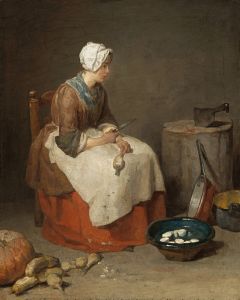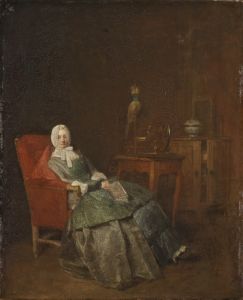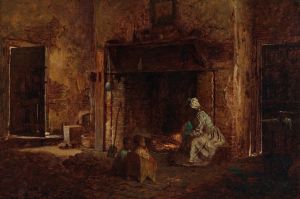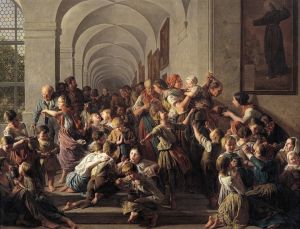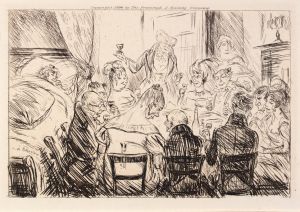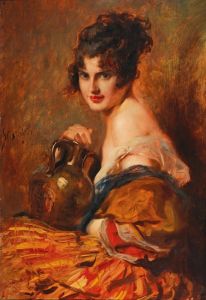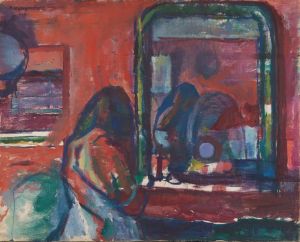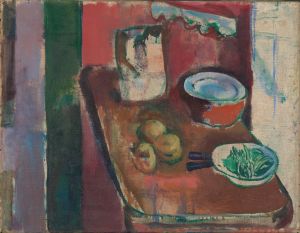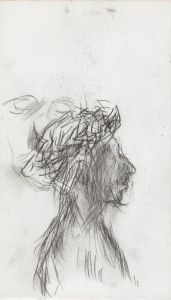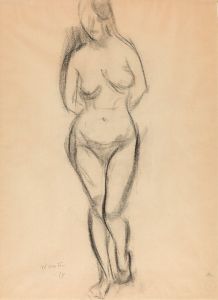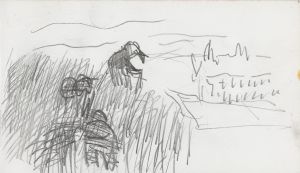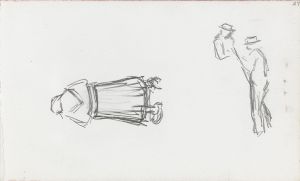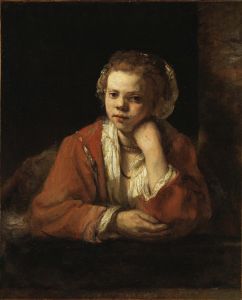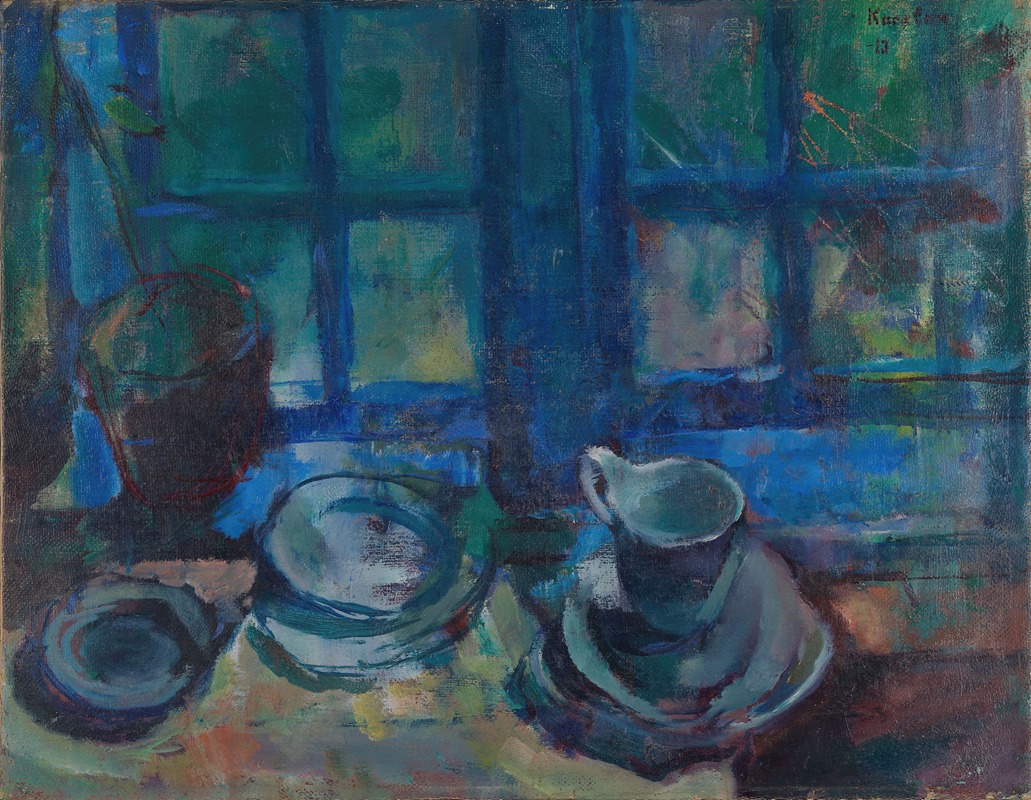
The Blue Kitchen
A hand-painted replica of Ludvig Karsten’s masterpiece The Blue Kitchen, meticulously crafted by professional artists to capture the true essence of the original. Each piece is created with museum-quality canvas and rare mineral pigments, carefully painted by experienced artists with delicate brushstrokes and rich, layered colors to perfectly recreate the texture of the original artwork. Unlike machine-printed reproductions, this hand-painted version brings the painting to life, infused with the artist’s emotions and skill in every stroke. Whether for personal collection or home decoration, it instantly elevates the artistic atmosphere of any space.
Ludvig Karsten (1876–1926) was a Norwegian painter known for his expressive use of color and dynamic compositions. One of his notable works is "The Blue Kitchen," which exemplifies his unique approach to capturing everyday scenes with a vibrant palette and bold brushwork.
"The Blue Kitchen" is a painting that showcases Karsten's ability to transform a mundane domestic setting into a lively and engaging composition. The painting features an interior view of a kitchen, dominated by shades of blue, which is characteristic of Karsten's style during this period. The use of blue not only sets the mood of the painting but also highlights the artist's interest in exploring the emotional and psychological effects of color.
Karsten was influenced by the Post-Impressionists and the Fauves, and this influence is evident in "The Blue Kitchen." The painting's composition is structured yet fluid, with a focus on the interplay of light and shadow. The brushstrokes are loose and expressive, lending a sense of movement and life to the scene. This approach reflects Karsten's departure from the more restrained and detailed techniques of his predecessors, embracing instead a more modern and experimental style.
The subject matter of "The Blue Kitchen" is simple yet evocative. It captures a moment in time, inviting the viewer to step into the intimate space of a kitchen. The choice of a domestic scene is significant, as it reflects the early 20th-century art movement's shift towards depicting everyday life and ordinary people. This focus on the quotidian was part of a broader trend in European art, where artists sought to find beauty and meaning in the commonplace.
Karsten's work, including "The Blue Kitchen," was part of a larger movement in Scandinavian art that sought to break away from traditional academic painting. Artists like Karsten were interested in exploring new techniques and subjects, often drawing inspiration from contemporary European art movements. This period was marked by a growing interest in individual expression and the emotional potential of color, both of which are evident in Karsten's work.
"The Blue Kitchen" also reflects Karsten's personal life and experiences. Known for his bohemian lifestyle, Karsten often drew inspiration from his surroundings and personal relationships. His paintings frequently feature scenes from his own life, infused with a sense of immediacy and intimacy. This personal connection adds depth to his work, allowing viewers to engage with the painting on a more personal level.
Ludvig Karsten's contribution to Norwegian art is significant, as he played a key role in introducing modernist ideas to the region. His work, including "The Blue Kitchen," continues to be celebrated for its bold use of color and innovative approach to composition. Today, Karsten is regarded as one of Norway's most important modernist painters, and his paintings are held in high esteem by art historians and collectors alike.
In summary, "The Blue Kitchen" by Ludvig Karsten is a vibrant and expressive painting that captures the essence of early 20th-century modernism. Through its use of color, composition, and subject matter, the painting reflects Karsten's unique artistic vision and his contribution to the development of modern art in Norway.





